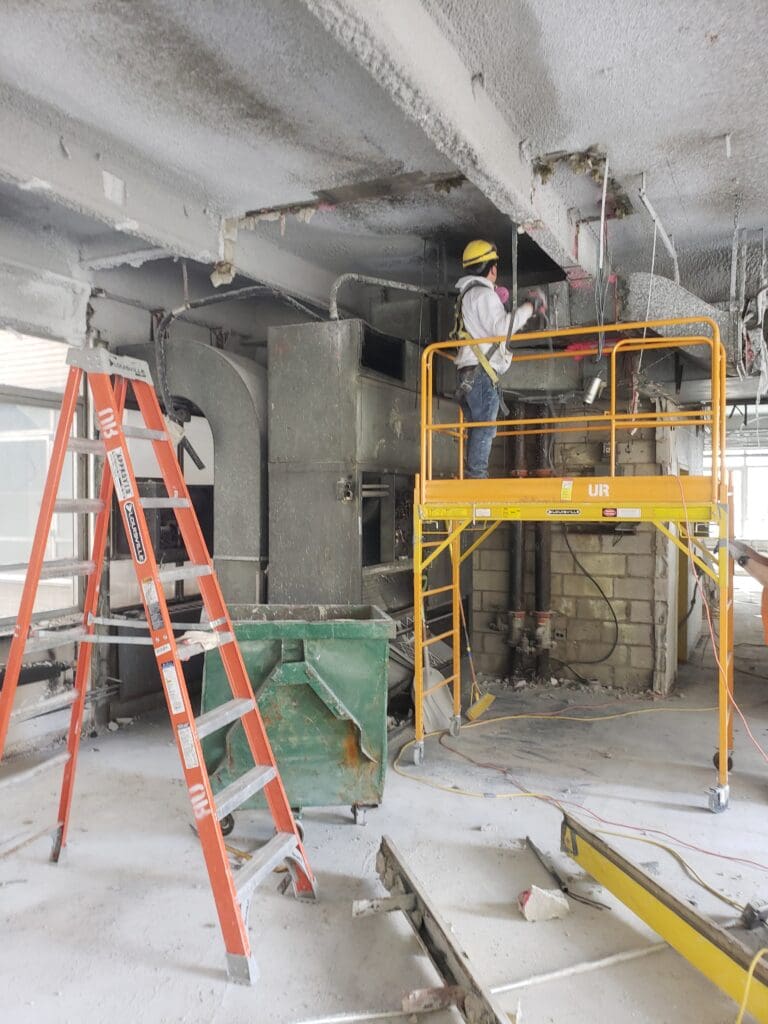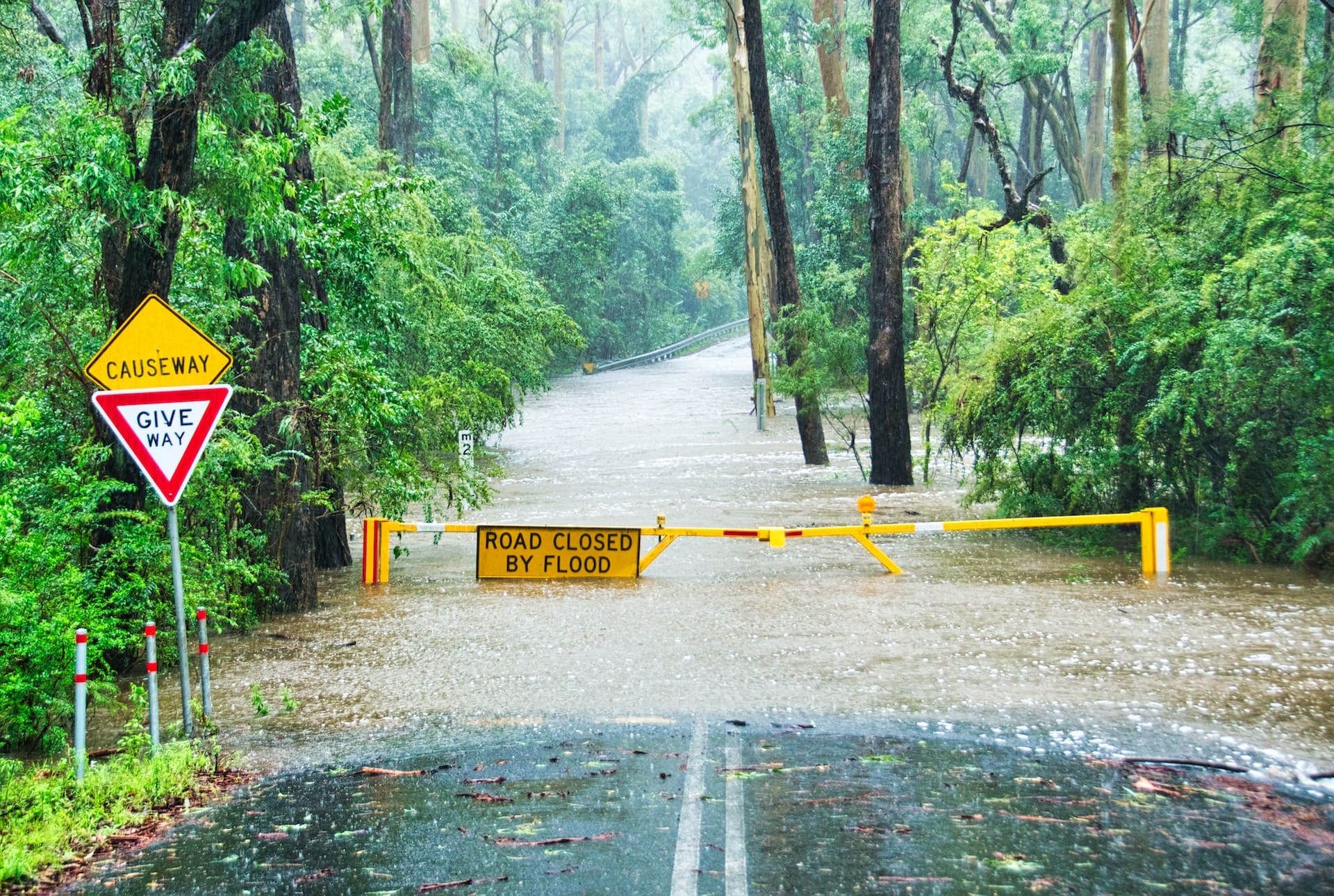Water damage to ceilings is a common issue homeowners and business owners may face, and it often arises from various sources such as leaks, flooding, or condensation. The impact of water damage can be far-reaching, not only affecting the structural integrity of the property but also potentially leading to health hazards such as mold growth. This paper outlines the crucial steps in addressing ceiling water damage and underscores the importance of engaging professional restoration services for effective remediation.
Identification and Initial Measures
The first step in addressing water damage is to identify the source of the moisture and stop it to prevent further damage. Once the source is controlled, it’s essential to dry the affected area thoroughly. High-powered fans and dehumidifiers are recommended for this purpose, as they expedite the drying process and mitigate the risk of mold development.
Assessment and Removal of Damaged Materials
A thorough inspection is necessary to assess the extent of the damage. This involves determining the water contamination category and the class of water damage, as these factors influence the restoration approach. Damaged materials such as insulation, drywall, or ceiling tiles must be removed to ensure that the structural elements are sound and to prevent the spread of contaminants.
Cleaning and Preparing the Area
After the removal of damaged parts, the area should be cleaned with mild detergent to eliminate any remaining contaminants. Subsequently, a stain-resistant primer should be applied to the affected area to prevent any residual moisture marks from showing through the final paint layer.
Restoration and Prevention
The final steps involve repairing or replacing the damaged ceiling materials and painting the area to match the existing ceiling. It is crucial to use quality materials and follow proper installation techniques to ensure that the repairs will hold up over time. Additionally, measures should be taken to prevent future water damage, such as improving ventilation, maintaining plumbing, and regularly inspecting potential leak sources.
The Role of Professional Restoration Companies
While some homeowners may attempt to handle ceiling water damage on their own, hiring a professional restoration company is highly recommended. Professionals possess the expertise, equipment, and experience to conduct a comprehensive assessment and perform the necessary repairs safely and effectively. They can identify the water source, categorize the damage, and choose the appropriate restoration techniques.
Professional technicians are trained to handle different categories of water damage, including clean water (Category 1), greywater (Category 2), and blackwater (Category 3), each requiring specific safety measures and restoration methods. Moreover, they are equipped to deal with potential health hazards, such as mold and mildew, that may arise from water damage.
Conclusion
Effectively handling water damage on ceilings requires a methodical approach that includes drying, assessment, removal of damaged materials, cleaning, and restoration. While DIY methods may provide a temporary fix, the expertise of professional restoration companies is invaluable in ensuring that the repairs are thorough and durable. These professionals not only restore the aesthetic appeal of the property but also safeguard its structural integrity and the health of its occupants.




